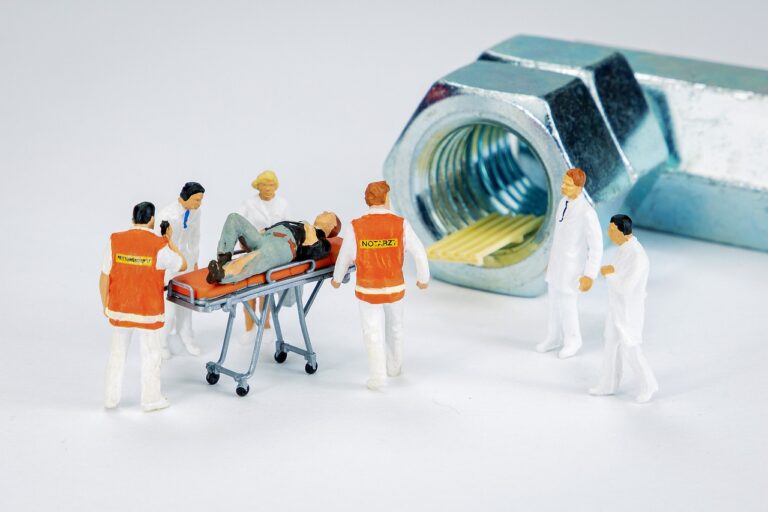Exploring the Use of Wearable Devices in Clinical Trials: All panel, Cricbet99, Lotus365win login
all panel, cricbet99, lotus365win login: Clinical trials are a crucial aspect of medical research, providing valuable insights into the efficacy and safety of new treatments. Wearable devices are increasingly being used in clinical trials to collect real-time data on patients’ health and behavior. These devices offer numerous benefits, including increased accuracy, efficiency, and patient engagement. Let’s delve into the exciting world of wearable devices in clinical trials and explore their potential impact on the future of healthcare.
Real-Time Monitoring
One of the main advantages of using wearable devices in clinical trials is the ability to monitor patients in real time. Traditional methods of data collection, such as self-reported surveys or periodic check-ins, can be unreliable and subject to bias. Wearable devices, on the other hand, provide continuous data streams that offer a more accurate and comprehensive picture of patients’ health and activities.
Improved Accuracy
Wearable devices can track a wide range of parameters, including heart rate, sleep patterns, physical activity, and even environmental factors. This wealth of data can help researchers better understand how treatments affect patients’ daily lives and overall well-being. By collecting objective, real-time data, wearable devices can improve the accuracy of clinical trial results and potentially lead to more effective treatments.
Enhanced Patient Engagement
Patients are more likely to engage with clinical trials when they feel actively involved in the process. Wearable devices can empower patients to take control of their own health by providing them with valuable insights into their daily activities and health metrics. This increased engagement can lead to higher retention rates in clinical trials and ultimately improve the quality of the data collected.
Cost-Effectiveness
In addition to providing more accurate and insightful data, wearable devices can also be cost-effective. By reducing the need for in-person visits and streamlining data collection processes, wearable devices can save both time and money for researchers and patients alike. This cost-effectiveness makes wearable devices an attractive option for clinical trials of all sizes.
Challenges and Considerations
While wearable devices offer numerous benefits for clinical trials, there are also some challenges and considerations to keep in mind. Issues such as data security, patient privacy, and device interoperability need to be carefully addressed to ensure the ethical and successful implementation of wearable devices in clinical trials. Researchers also need to consider the technological literacy of their study participants and provide adequate support and training as needed.
Future Directions
As technology continues to advance, the potential applications of wearable devices in clinical trials are only growing. From monitoring patients with chronic conditions to tracking the long-term effects of treatments, wearable devices have the potential to revolutionize the way clinical trials are conducted. By embracing these new technologies and incorporating them into their research, researchers can unlock new insights and improve the outcomes of their studies.
In conclusion, wearable devices are an exciting and promising tool for enhancing the conduct and results of clinical trials. By leveraging the power of real-time data collection, improved accuracy, and enhanced patient engagement, researchers can conduct more effective and efficient studies that ultimately benefit patients and advance medical science.
—
FAQs
Q: Are wearable devices safe for use in clinical trials?
A: Yes, wearable devices have been extensively tested and deemed safe for use in clinical trials. Researchers should follow ethical guidelines and ensure that participants’ privacy and safety are protected.
Q: Can all patients participate in clinical trials that use wearable devices?
A: While wearable devices are becoming more user-friendly, researchers should consider the technological literacy and physical capabilities of their study participants to ensure that all patients can effectively use the devices.
Q: How are wearable devices integrated into clinical trial protocols?
A: Researchers should carefully plan and design their studies to incorporate wearable devices seamlessly into data collection processes. This may include training participants, establishing protocols for data collection and analysis, and addressing any technical issues that may arise.







